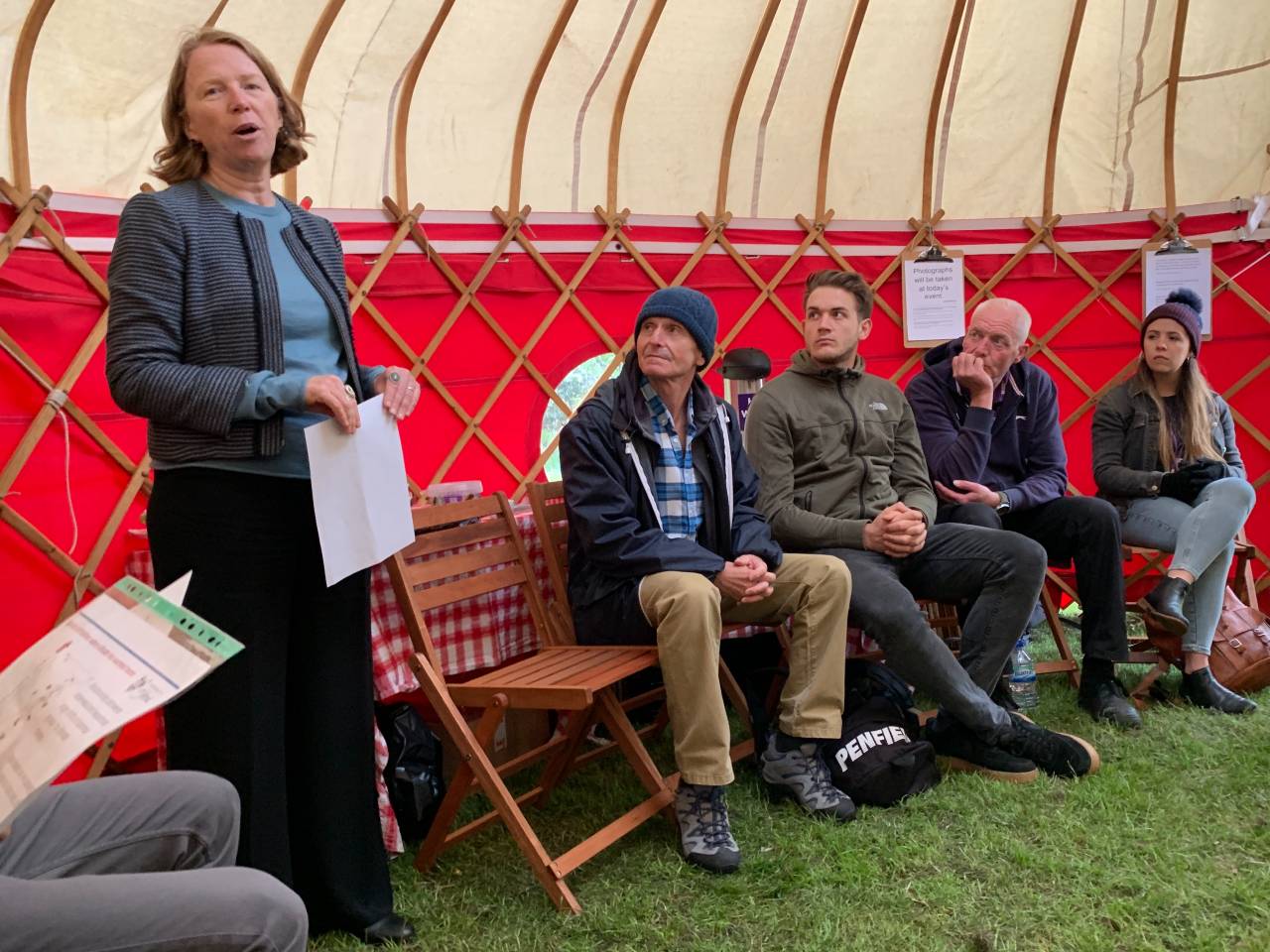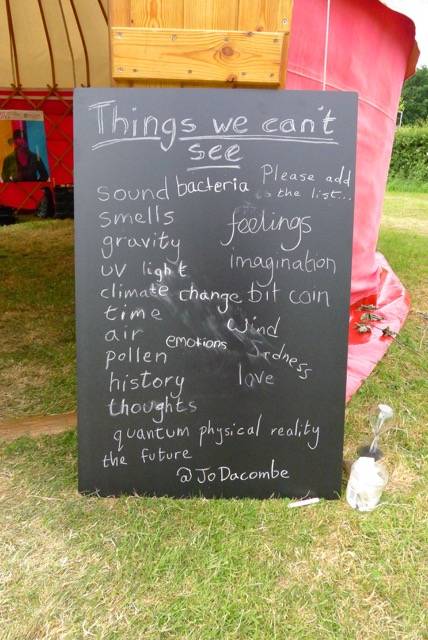Photo Credit: P Wilson, Kajal Patel, Paul Conneally, Anne-Marie Culhane, Jo Daccombe.
In collaboration with Radar and chaired by David Bell, Fruit Routes was part of a Designing for Climate Futures panel discussion in 2018 exploring ways in which radical approaches to design might help us develop collective responses to Climate Change. With artist/designers: Anne-Marie Culhane, Joanna Boehnert, Bianca Elzenbaumer.
In Summer 2019 Jane Hill Professor from University of York co-hosted the lunchtime walk around the route followed by discussion on climate change, habitat loss and species.
Research in her lab is examining how biodiversity is changing as a consequence of habitat destruction and climate warming. She shared her research on biodiversity, and her learning from the patterns of movement of species, especially moths and butterflies, as they shift in response to climate breakdown.
Through our research we have shown that species are responding to global climate warming by advancing their phenology (e.g. earlier budburst), by expanding their distributions to higher latitudes/uphill at their leading-edge range margins, and by retreating at their low latitude trailing-edge range margins. However, many species are failing to expand their ranges because of lack of suitable new habitats to colonise, and we are examining methods for designing better-connected landscapes to help promote species’ range expansion.
Jane Hill
She taught us about the importance of direct observation and recording and citizen science at this time of rapid change. On the walk we both touched on the growing evidence that erratic seasonal patterns and reduced winter cooling impacts both fruit trees and their blossom and also affects the life cycle of insects and disease levels.
At the same event in Summer 2019 on a day themed on climate change, Dr Tom Matthews and myself co-hosted an open discussion on climate change and university culture. Tom is a Climate researcher in the department of Geography. We looked at the university institution and climate change – not only in terms of adaption but also in terms of culture and action (for example conventions of flying and extensive travel in Universities) high energy cost of maintaining world class sporting facilities as well as divestment and investment. There were also discussions about individual and community level actions and response and how these may or may not fit together. SKEP was worn by Paul during the discussion as a reminder of the ‘other’ ways of being and other ‘beings’ without a voice. ( link to Hive Mind/Skep)
Jo Dacombe was resident all day at the same event conducting pseudo-scientific experiments experiments and creative activities with small groups and individuals. Her theme was ‘What we can’t see’ , referencing climate change as well as other intangible elements and conducting experiments with visitors around the unseen. Jo’s work as part of the Imaginary Woodlands project is particularly focusing on pollen and what this can tell us about the details of our changing climate and the hidden worlds around (and in) us.



